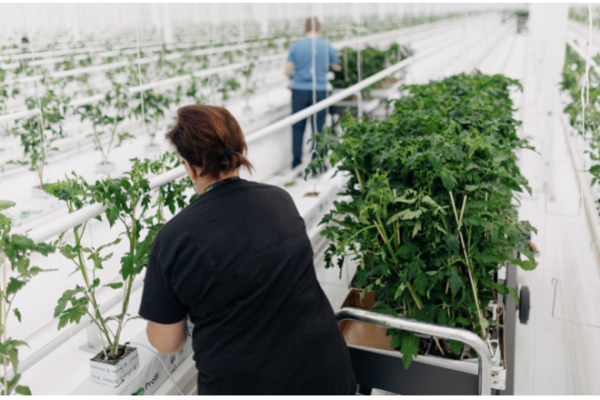Experts at Bioco, Nofima, Norilia, Nortura and SINTEF are collaborating to better utilise “rest raw materials” from chicken and turkey. The raw materials here refer to the remaining parts of a chicken or turkey carcass after the meat has been stripped off in the slaughterhouse.
The goal of this work is to develop healthy ingredients for human consumption using various enzymes as described below. This rest raw material contains nutritious components that can be utilised in various foodstuffs for us.
The scientists who are developing this work have installed a NIR sensor behind the grinder that grinds the rest raw materials into a mince. It measures the contents of fats, proteins and bones in the mixture that continuously flows past.
The ground raw material is mixed with water and enzymes, and then a so-called hydrolysis process takes place, which is an imitation of the body’s digestive system where enzymes break down larger protein molecules into smaller peptides and amino acids.
After an hour, the process ends and the mixture is separated into three different fractions – fats, water-soluble proteins, and a sediment rich in minerals.
The water-soluble proteins obtained from the process are called a hydrolysate, which mainly contains peptides and amino acids. It is important that as much protein as possible in the raw material ends up in the hydrolysate to produce high yields.
The process is demanding because the process requires high temperatures where various enzymes are tested with different mixtures of hydrolysate.
After spray drying, the hydrolysate becomes a protein powder, and it has been challenging to achieve a neutral taste. Taste is affected by enzymes, the process, and the composition of raw materials. It can sometimes taste bitter or burnt, however the goal is for the protein powder to have a neutral taste.
In addition to the high utility value of the fats and bone meal from this process, protein hydrolysates have many different possible uses, including:
- Feed and pet food
- Protein enhancers in mince products, dry soups, baby foods, bread and more
- Flavour enhancers
- Sports and recovery drinks
- Bioactive ingredients in health food products / medicines
- Cosmetics
- Functional ingredients (gelatine) in food and other products
- Growth media for cells, bacteria and moulds for the production of new products
For more information see: https://nofima.com/




